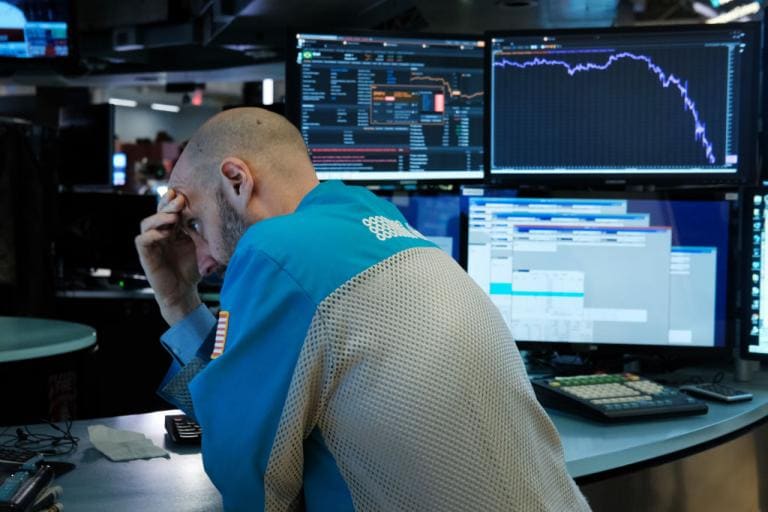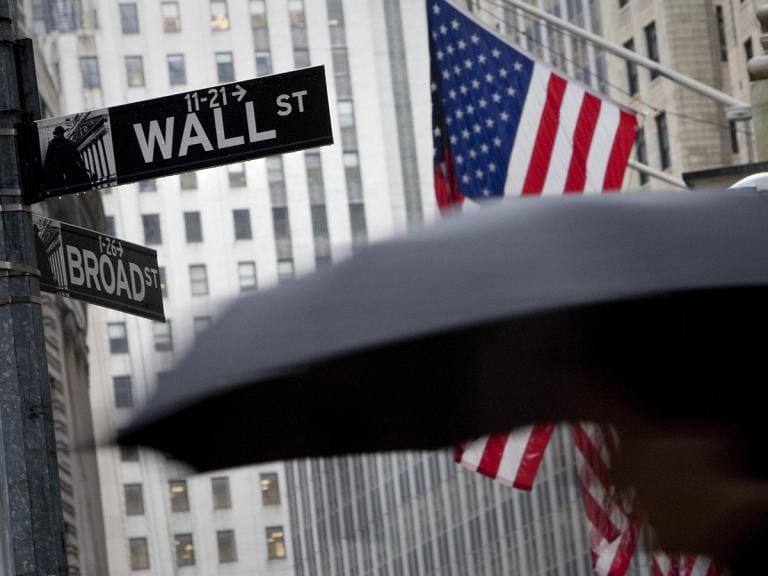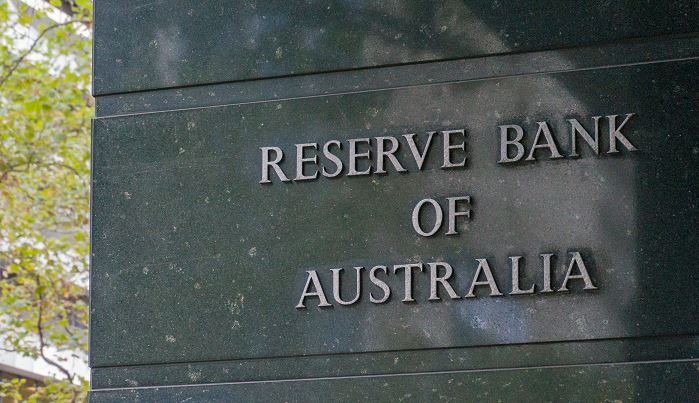There is an old trading rule “Buy the Rumour, Sell the News”, which explains why investors are bullish before but sell-off on the “big “announcement. Today’s Fed decision, however, had a reverse effect on the US stock markets. I would call it “Sell the Rumour, Buy the News”. The US Federal Reserve decides to double its tapering pace on the bond purchase up to $30 billion and projects three-rate hikes in 2022. As the markets have priced in the risks early in December and the decision is mostly aligned with the expectation for a more aggressive tightening policy, the broader markets rebounded sharply on the announcement.
In history, 70% of the time US stocks rise in December, or we can call it “Santa Rally”. Looks like the markets are heading into the same pattern this year, even though it was such a bumpy journey. The reason behind the bulls is that investors keep buying into stocks to offset the skyrocketing inflation. The Fed’s pace to scale back in bond purchase will not stop the price increase as Covid-induced disruption in the global supply chain cannot be resolved anytime soon.
The Fed Chairman Powell says it is “disappointing” to see the participation rate falling in the labour force, although the unemployment rate is dropping, and expects a slow pace for people to return to work. He also sees the inflation risk may stay high and a three-rate hike in 2022 is an appropriate move for the central bank. Powell’s comments indicate a slowing down on the economic outlook, and contradictorily, accelerated the market rally in the final trading hour on Wednesday.
US Stocks
The US stocks cut the initial losses and rallied on the Fed's decision. The Dow Jones Industrial Average rose 1.08%, the S&P 500 gained 1.63%, and Nasdaq jumped 2.15%. The small-cap Russell 2000 was up 1.56%.
All of the 11 sectors but Energy finished higher in the S&P 500. The tech stocks were up 2.6%, leading to the broader markets' gains. As investors see these industry pioneers are still the most profitable business with strong pricing power and adequate cash flow. Apple, Meta Platform, Alphabet, Microsoft, and Amazon all rose between 1%-2%. The chip makers also rebounded from the previous week's losses. Nvidia was up 7.26%, and AMD gained 8.01%.
The Healthcare sector rose 2.95%, also leading the rally as omicron uncertainty remains, while Fed Chairman Powell says the new Covid variant is a risk, but it doesn't affect it accelerates on tapering. Pfizer's share price jumped 5.84%, and BioNTech was up 3.87%.
Bank stocks, however, underperformed despite the Fed projects a stronger-than-expected rate hikes outlook. JP Morgan Chase slid 0.74%, Citi Group lost 0.93%, and Wells Fargo was down 0.16%. Part of the reason is that the long-term bond yields point to a weaker lift than the short-term bonds. The yields curve flattened further, which indicates the weakened outlook for economic growth in the long haul.
US dollar weakened as bond yields curve flattened further
The dollar index fell 0.23%, to 96.35, pressed by the disappointing bond yields' moves. As mentioned above, the short-term bond yields spiked more than the long-dated bonds. The spreads between the short and long-dated bonds are tightened. The 2-year US Treasury yield rose 4.56%, to 0.687%. While the 10-year bond yield was only up by 1.6%, to 1.462%.
All the other currencies found the recent bottoms and moved higher against the dollar. EUR/USD was up 0.31%, to 1.1293. GBP/USD rose 0.25%, to 1.3262. The commodity currencies, Australian dollar, NZ dollar, and Canadian dollar also had a solid bull-run, supported by a weakened dollar and the bouncing commodities prices.
Gold and crude oil higher, supported by a weakened dollar
The crude oil prices rebounded from the last two day’s selloff, supported by the risk-on sentiment. The WTI futures price was up 1.2%, to $71. 58, and Brent gained 1.6%, to $74.39.
The gold future rose $6.5, to $1,778.2 per ounce. The base metal moves are boring lately as sentiment for safe-haven assets fades off, and tepid bond yields are not doing much to support it either.
Cryptocurrencies
The Crypto markets rebounded as risky assets. The two largest cap coins, bitcoin and Ether were up 2.3% and 5.5% respectively. However, Bitcoin fell 38% from the all-time high at $68, 700 seen in early November, and Ether was down by 21% during the same time. We might see a near-term bottom for Cryptocurrencies with the ongoing rising inflation and low-interest environment, as investors are buying these digital coins to offset inflation risks.






